The UK government’s recent unveiling of the Simpler Recycling Scheme heralds a new era in recycling, offering a streamlined approach that resonates with the growing eco-conscious consumer base. This initiative is more than a regulatory alignment; it’s an invitation for brands to bolster their environmental stewardship, a value highly esteemed in today’s market.
At the heart of this scheme is the standardisation of recyclable materials across England, aimed at simplifying the recycling process for both consumers and businesses alike12. This is where Skymark’s products like SKYMONO, SKYMAX and SKYMAX R materials seamlessly align, offering packaging solutions that conform to the new recycling standards.
Operational efficiency is another hallmark of the Simpler Recycling Scheme. The proposed categorisation into three waste containers for dry recycling, food waste, and non-recyclable waste sets a clear path for brands to follow2. Our products, SKYMONO and PUREFLEX & PAPRFLEX from Interflex Group, are tailored to fit these categories, facilitating a smooth transition to the new waste management regime.
The Simpler Recycling Scheme is not merely a regulatory requisite but a compass directing brands towards a sustainable, competitive frontier. By aligning with this initiative through adaptable, innovative, and efficient packaging solutions like those offered by Skymark, brands are not only navigating the regulatory landscape but are also steering towards a future where environmental responsibility is synonymous with market success.
Environment Secretary Therese Coffey said:
Simpler recycling will help us all recycle more easily, doing our bit to help save the planet and make the best use of precious resources that we use every day.
Alongside weekly food waste collections, we are ending the postcode lottery of what you can put in your bin so that wherever you live in the country, you will be able to recycle the same products with confidence.
Margaret Bates, Managing Director at On-Pack Recycling Label Ltd (OPRL), said:
This announcement is a prompt and clear message that will make planning and operations more efficient for local authorities, packaging producers, brands and waste managers.
In navigating the new directives from the UK government’s Simpler Recycling Scheme, a Head of Packaging finds themselves at the forefront of aligning brand strategies with these evolved recycling standards. Here’s a curated FAQ scenario offering insights into how the scheme impacts plastic packaging for food and household items, elucidating the potential pathways to enhance a brand’s sustainability image, while exploring the collaborative opportunities that the scheme avails.
Through an engaging dialogue with an expert on the scheme, the Head of Packaging delves into practical and innovative solutions, unveiling how Skymark’s products can serve as a pivot in this transition.
Head of Packaging (HoP): How does the Simpler Recycling Scheme impact plastic packaging specifically for food and household items?
Expert: The scheme specifies that “all local authorities in England must collect the same recyclable waste streams for recycling or composting from households,” encompassing plastic among other materials. This emphasizes a standardized approach to recycling, encouraging brands to adopt packaging designs that align with these defined categories to facilitate easier recycling1.
HoP: What Skymark products would align well with these requirements?
Expert: Given the scheme’s emphasis on collecting plastic waste, Skymark’s SKYMAX and SKYMAX R materials, designed with recyclability in mind, align well with these requirements. Additionally, SKYMONO & PUREFLEX offer recyclable PE or PP-based structures, providing sustainable packaging solutions for varied applications including household packaging1.
HoP: How can we leverage the scheme to enhance our brand’s sustainability image?
Expert: The scheme’s objective to “maximise use, minimise waste and drive up recycling rates” resonates with the modern consumer’s eco-conscious mindset. By aligning with this initiative through sustainable packaging solutions, you’re making a statement about your brand’s commitment to environmental responsibility, thus enhancing your brand’s sustainability image1.
HoP: Are there any collaborative opportunities that the scheme encourages, especially around plastic recycling?
Expert: The scheme’s emphasis on standardised recycling opens up collaborative opportunities with local authorities or recycling facilities to ensure efficient plastic waste management. Furthermore, it encourages interactions with packaging experts to explore innovative solutions that enhance the recyclability of plastic packaging for food and household items, aligning with the scheme’s goal to drive up recycling rates1.
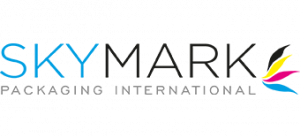
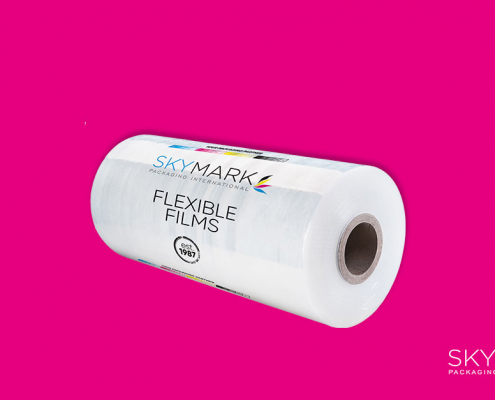
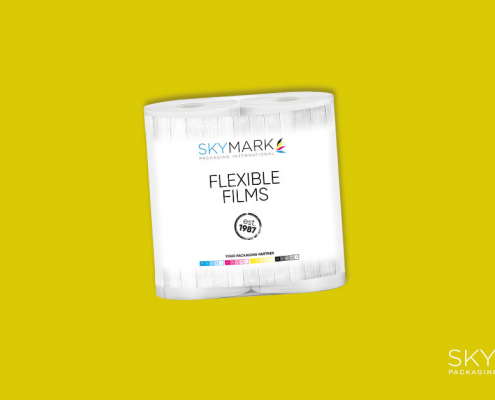
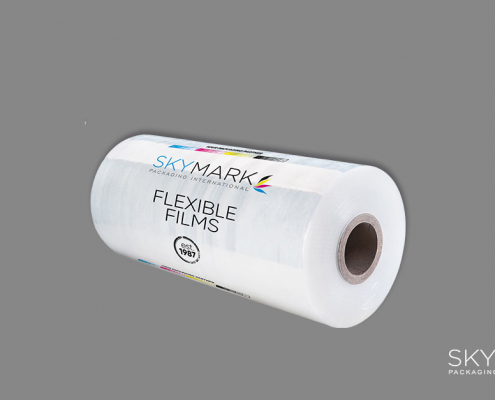
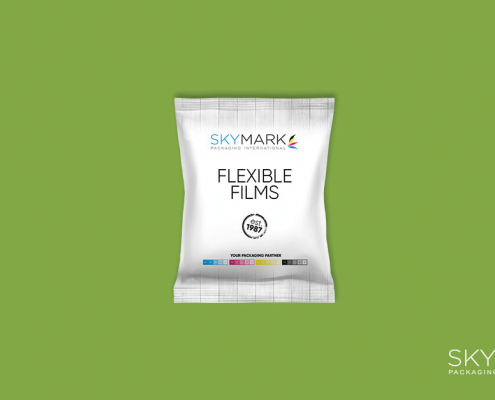
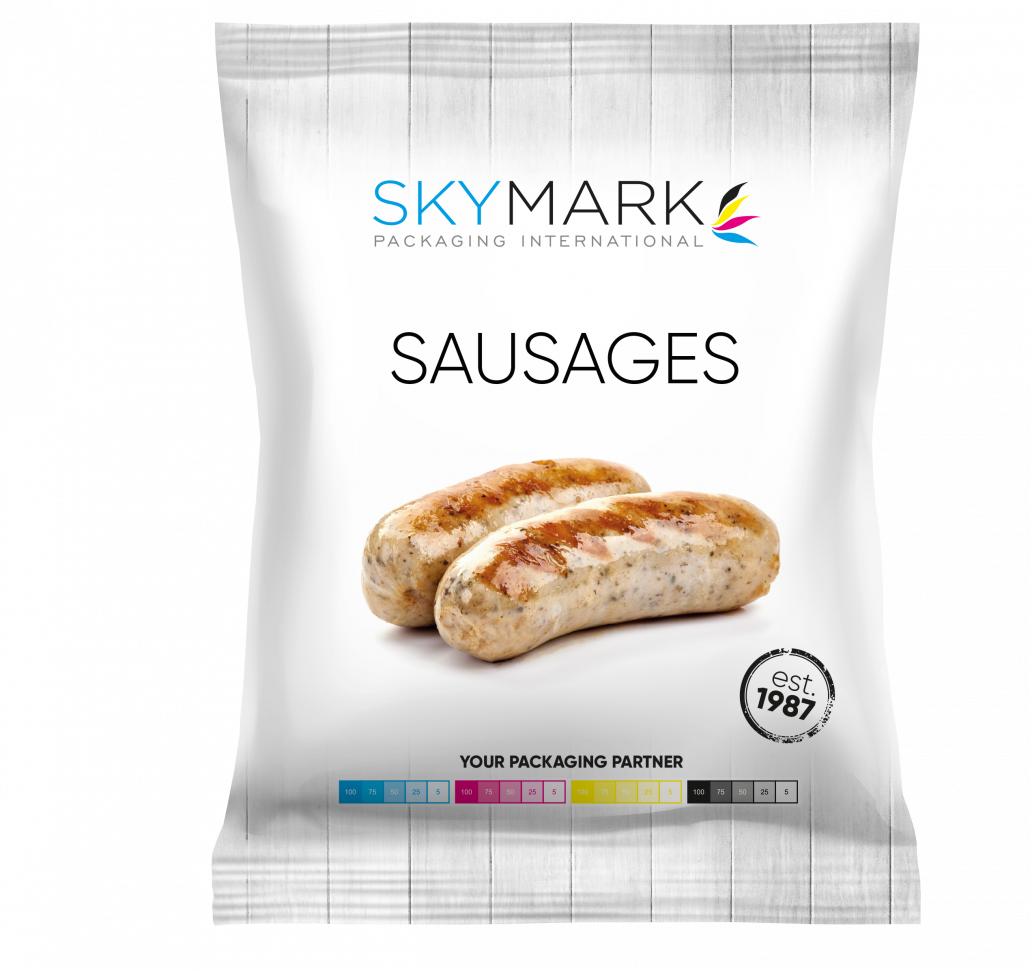
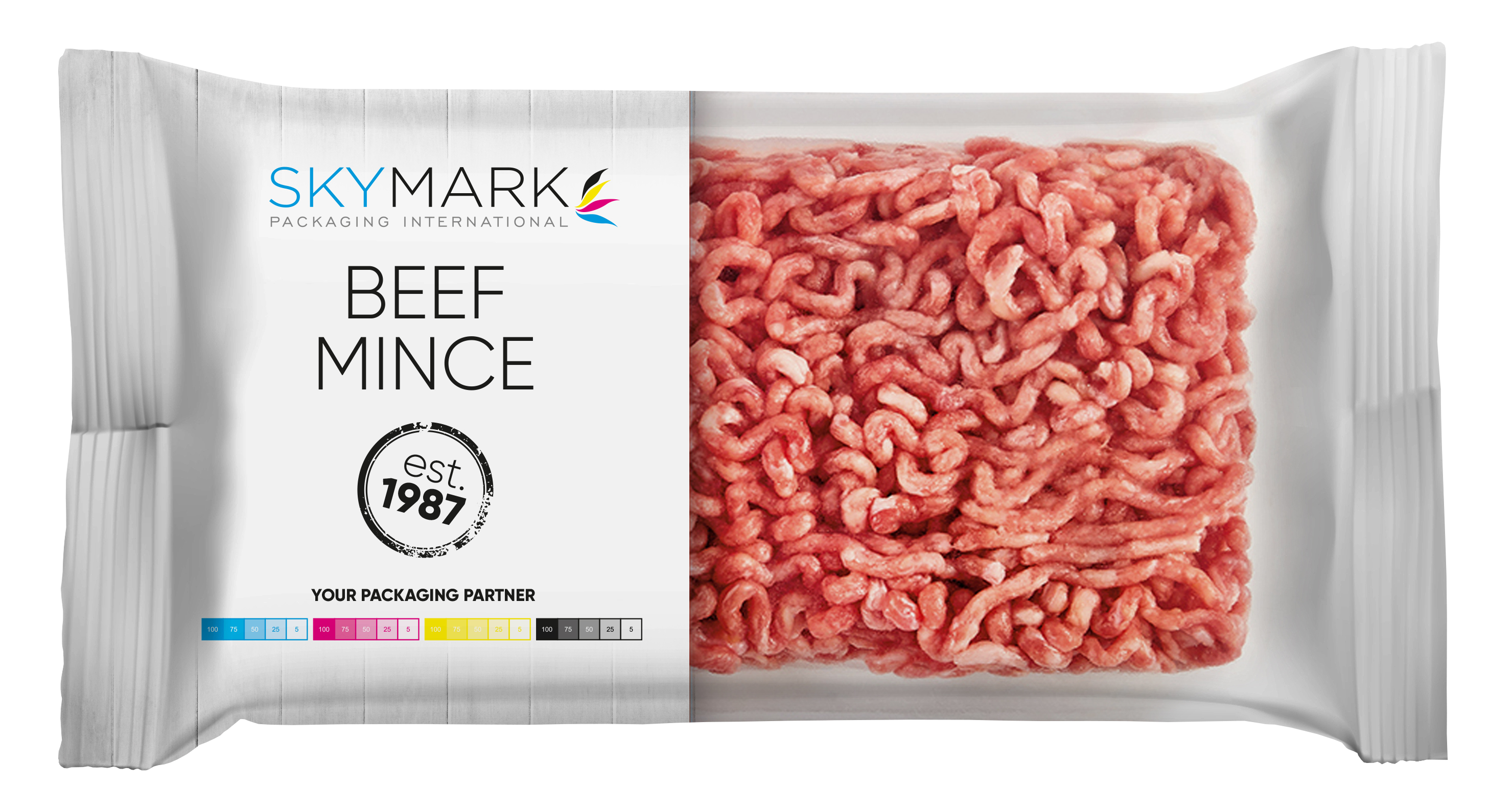 A significant advantage of SKYMONO BVP lies in its reduced packaging weight compared to traditional packaging methods. Transitioning from tray and top lidding to our flow wrap results in considerable material savings. Likewise, a switch from thermoformed base web and top lidding to our flow wrap also yields a significant reduction in packaging weight.
A significant advantage of SKYMONO BVP lies in its reduced packaging weight compared to traditional packaging methods. Transitioning from tray and top lidding to our flow wrap results in considerable material savings. Likewise, a switch from thermoformed base web and top lidding to our flow wrap also yields a significant reduction in packaging weight.



